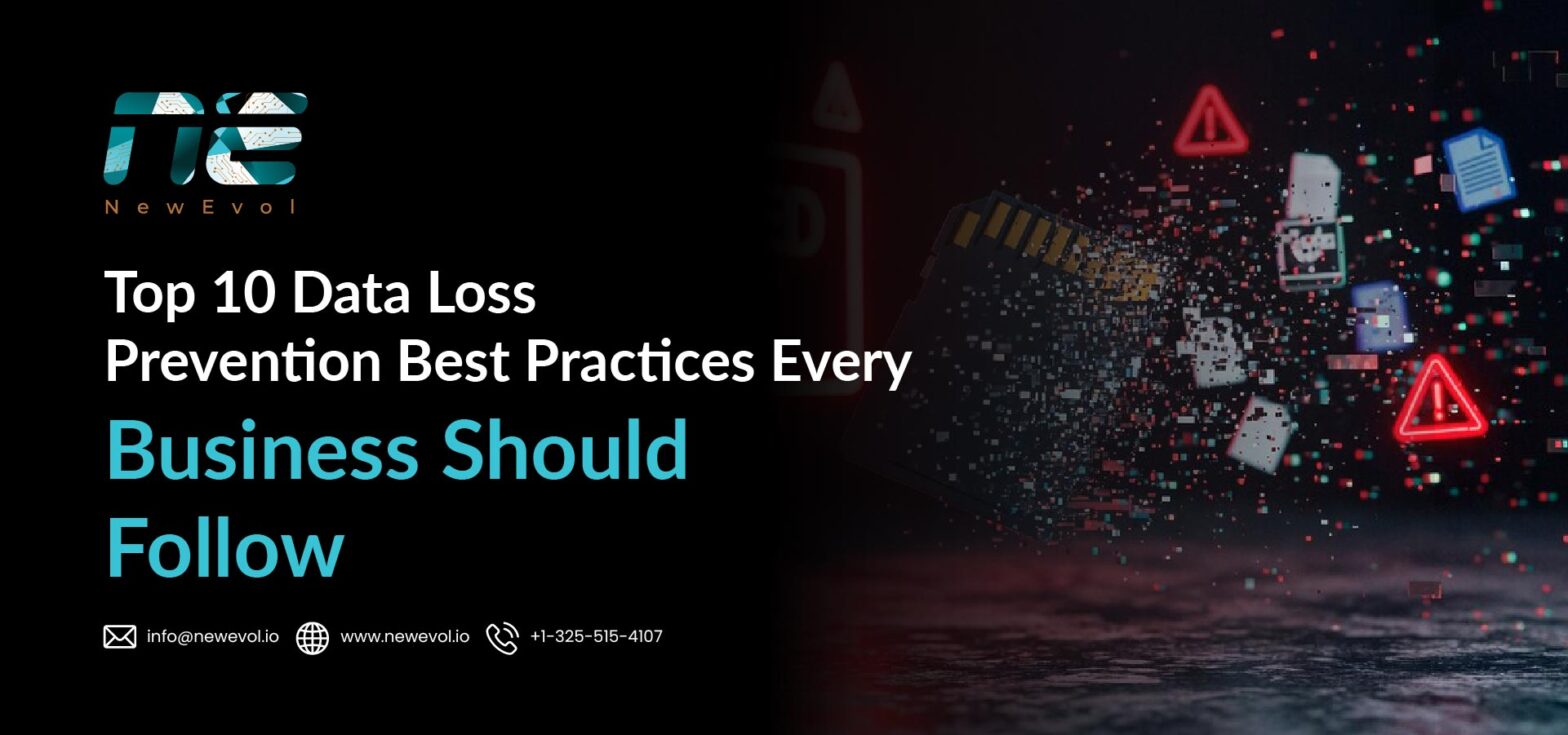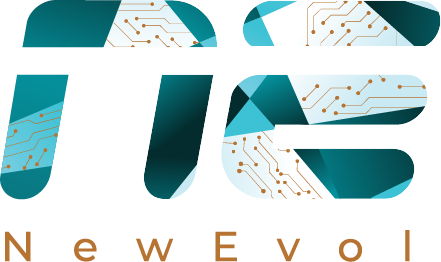Top 10 Data Loss Prevention Best Practices Every Business Should Follow

In a world where data is the lifeblood of every business, losing it can be disastrous. Whether it’s customer information, intellectual property, or internal strategies, a single breach or accidental leak can cost millions, trigger regulatory penalties, and damage hard-earned trust. Data Loss Prevention (DLP) isn’t just about installing software… it’s about creating a culture, strategy, and process that keeps sensitive information safe wherever it lives or travels.
With cyber threats growing more sophisticated, remote work expanding the attack surface, and regulations tightening across industries, the need for strong DLP practices has never been greater. In this blog, we’ll explore the top 10 Data Loss Prevention best practices every business should follow… actionable steps you can take today to protect your organization from costly mistakes and malicious actors.
Why Best Practices Matter
Data loss isn’t always the result of a sophisticated cyberattack — in many cases, it’s caused by something as simple as an employee emailing the wrong file or using an unsecured device. Without clear best practices in place, organizations leave themselves vulnerable to both accidental leaks and deliberate theft.
Following proven DLP best practices helps businesses:
- Reduce Risk of Breaches – By addressing the most common data exposure points before they become incidents.
- Meet Compliance Requirements – Frameworks like GDPR, HIPAA, and PCI-DSS demand strict data protection measures.
- Maintain Customer Trust – Clients expect their information to be handled with the highest level of care.
- Avoid Financial & Legal Consequences – Data breaches can lead to heavy fines, lawsuits, and operational disruption.
- Create a Security-First Culture – Consistent processes and training make employees active participants in data protection.
In short, DLP best practices act as a safety net, ensuring that technology, people, and processes work together to safeguard your most valuable information.
Detailed Walkthrough of Each Best Practice
Let’s break down the top 10 Data Loss Prevention best practices every business should follow — and how you can put them into action today.
1. Secure Executive Sponsorship & Define Strategy
DLP initiatives are most effective when leadership is fully on board. Executive sponsorship ensures the right resources, budget, and authority are in place. Start by defining the goals of your DLP program — whether it’s preventing IP theft, ensuring compliance, or securing customer data. A clear strategy aligned with business objectives keeps the program focused and sustainable.
2. Discover & Classify “Crown Jewel” Data
You can’t protect what you don’t know you have. Conduct a thorough audit to identify where sensitive data resides — in databases, file servers, endpoints, or the cloud. Classify it based on sensitivity levels (e.g., confidential, internal use, public) so protection measures can be prioritized for your most critical assets.
3. Develop Clear, Comprehensive DLP Policies
Policies are the foundation of DLP. They should cover how sensitive data is handled, stored, transmitted, and disposed of. Align these rules with industry regulations and make them accessible to all employees. A good policy also defines escalation steps when a potential data loss event occurs.
4. Implement Encryption & Robust Access Controls
Encryption ensures that even if data falls into the wrong hands, it remains unreadable. Apply encryption both at rest and in transit. Combine this with role-based access controls and the principle of least privilege — giving employees only the access necessary to perform their jobs.
5. Rollout in Phases: Pilot and Scale
A “big bang” approach often fails. Instead, start small with a pilot project, focusing on one department or data type. This allows you to test policies, identify gaps, and refine workflows before scaling across the entire organization.
6. Integrate DLP with IAM & SIEM Systems
When DLP works hand-in-hand with Identity and Access Management (IAM) and Security Information and Event Management (SIEM) tools, you get a complete view of who’s accessing data, from where, and why. This integration improves detection accuracy and speeds up incident response.
7. Educate & Continuously Train Users
Employees are often the first line of defense — or the weakest link. Regular training helps them recognize risky behavior, phishing attempts, and safe data handling practices. Reinforce learning with periodic reminders, simulations, and inline policy alerts.
8. Monitor, Measure & Automate Enforcement
DLP is not a set-and-forget system. Continuously monitor data flows, track policy violations, and measure key metrics like incident response time. Use automation to block risky actions in real time and reduce manual intervention.
9. Governance: Stakeholder Committees & Reporting Cadence
Form a DLP governance committee that includes representatives from IT, compliance, HR, and legal. This team should review incidents, assess new risks, and update policies regularly. Regular reporting to executives keeps the program visible and accountable.
10. Future-Proof: Plan for AI & Emerging Technologies
New technologies like generative AI, IoT devices, and collaboration platforms are changing how data moves and is stored. Plan ahead by assessing these emerging risks and adapting your DLP strategies to cover new data channels and formats.
Final Thoughts
Data Loss Prevention is not a one-time project… it’s an ongoing discipline that evolves with your business, technology, and threat landscape. By combining strong policies, the right technology, and continuous user awareness, you create a multi-layered defense that protects your most valuable asset… your data.
Whether you’re just starting out or refining an existing program, these best practices give you a clear path forward. Start small, measure progress, and adapt as new risks emerge. In the end, a well-implemented DLP strategy not only prevents costly breaches but also strengthens trust with customers, partners, and stakeholders.
FAQs
1. What are the best practices for data loss prevention?
Identify and classify sensitive data, set clear policies, use encryption, control access, train employees, monitor data movement, and update strategies regularly.
2. What are the four types of DLP?
The main types are Network DLP (monitors data in transit), Endpoint DLP (protects devices), Cloud DLP (secures cloud-stored data), and Storage DLP (protects data at rest).
3. Which practice will help prevent data loss?
A combination of data classification, access control, encryption, and employee training is the most effective way to prevent loss.
4. Which DLP tool is best?
It depends on your needs, but popular options include Forcepoint DLP, Symantec DLP, McAfee Total Protection for DLP, and Digital Guardian.

